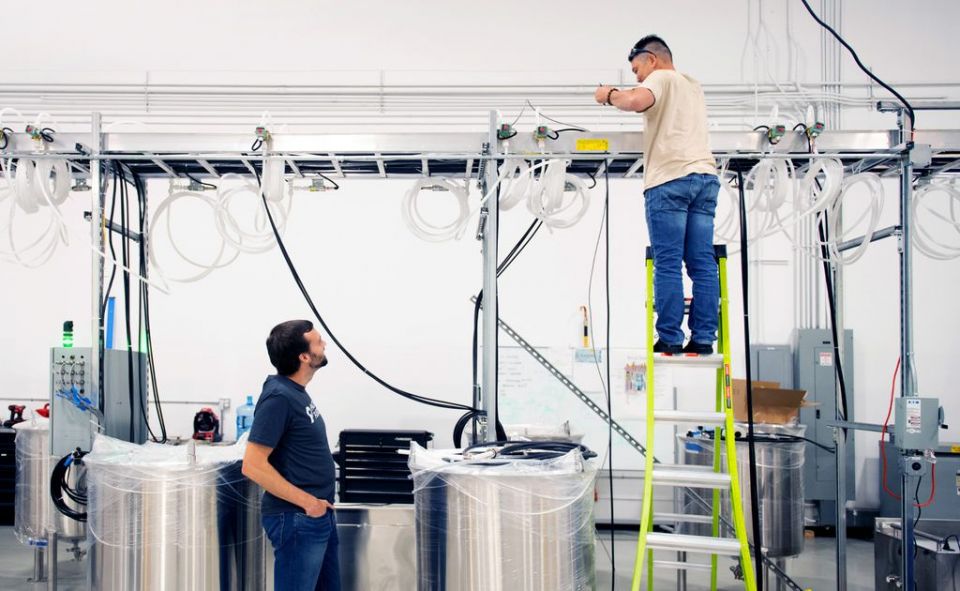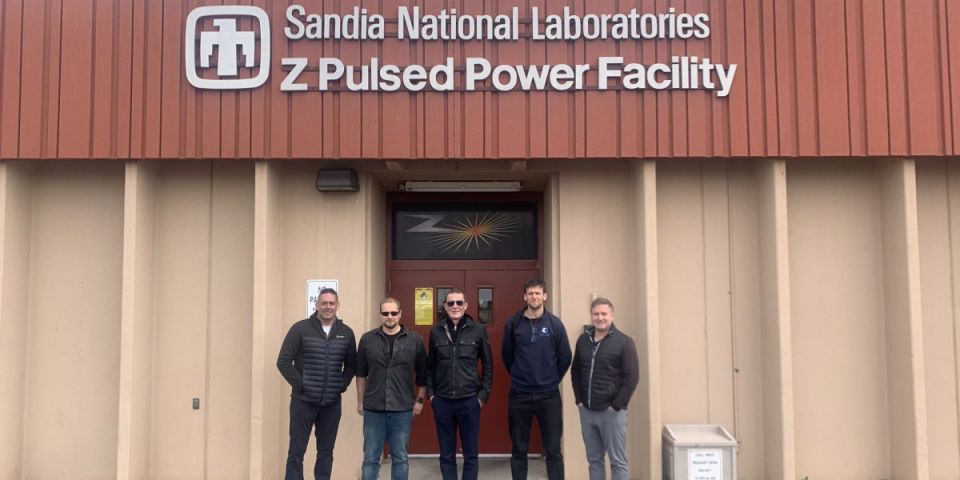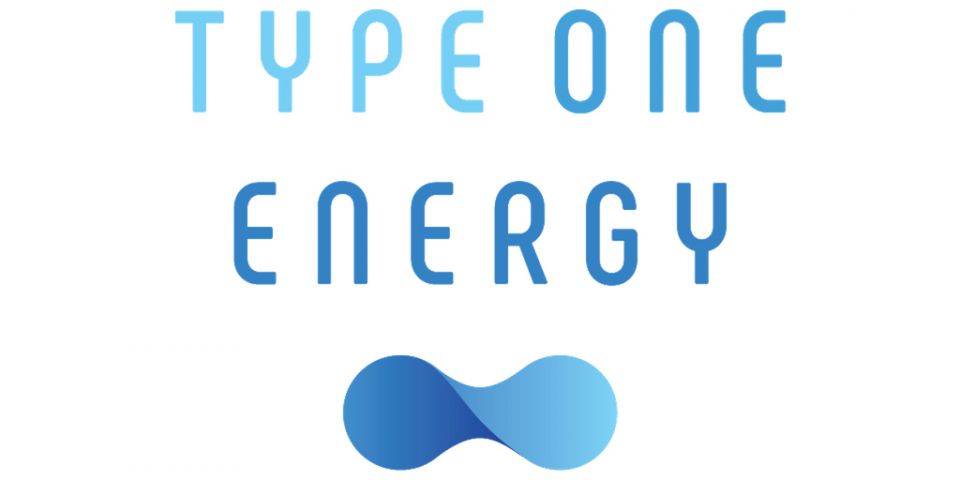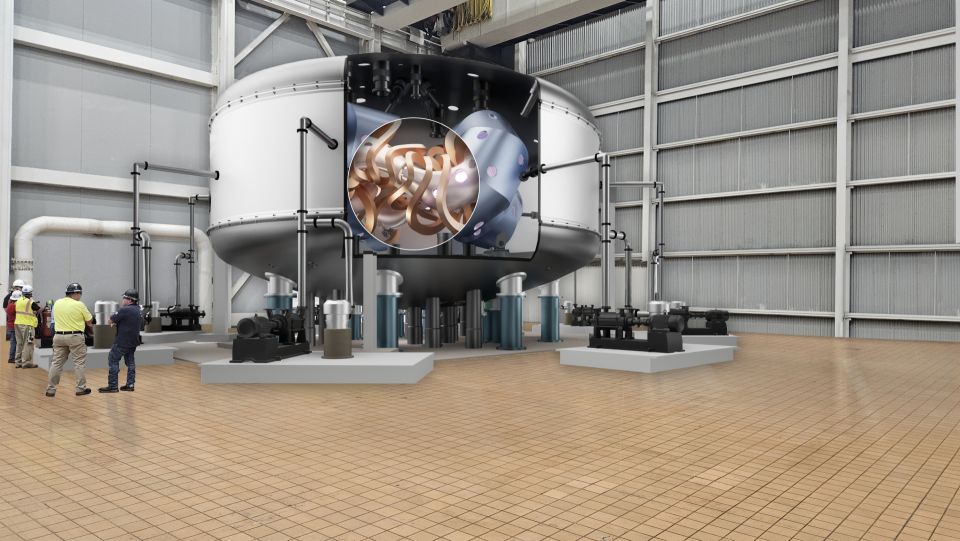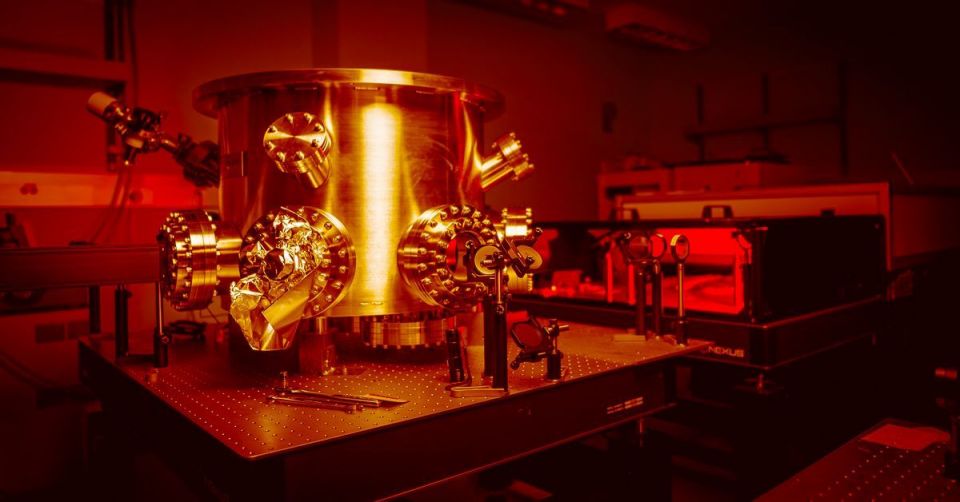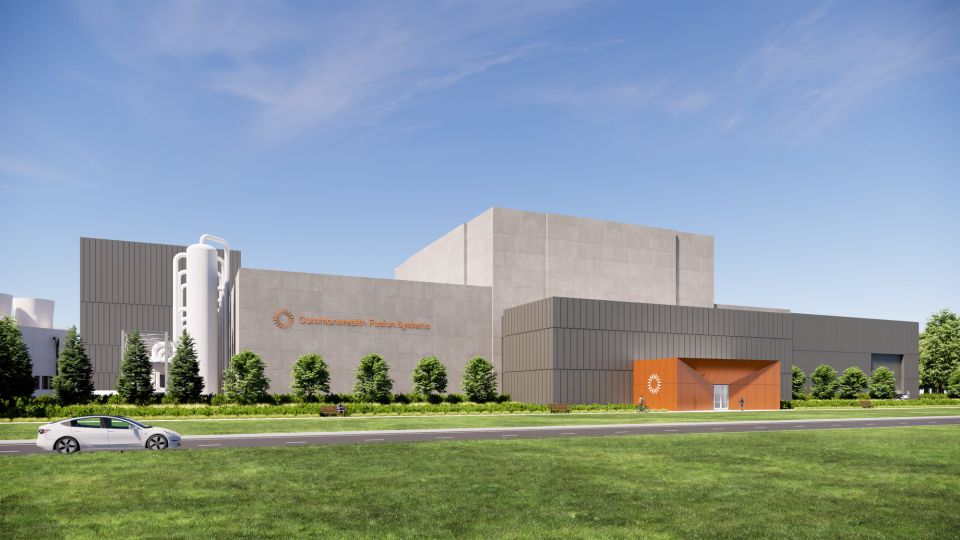Focused Energy and Xcimer Energy: DOE’s inertial fusion pilot picks
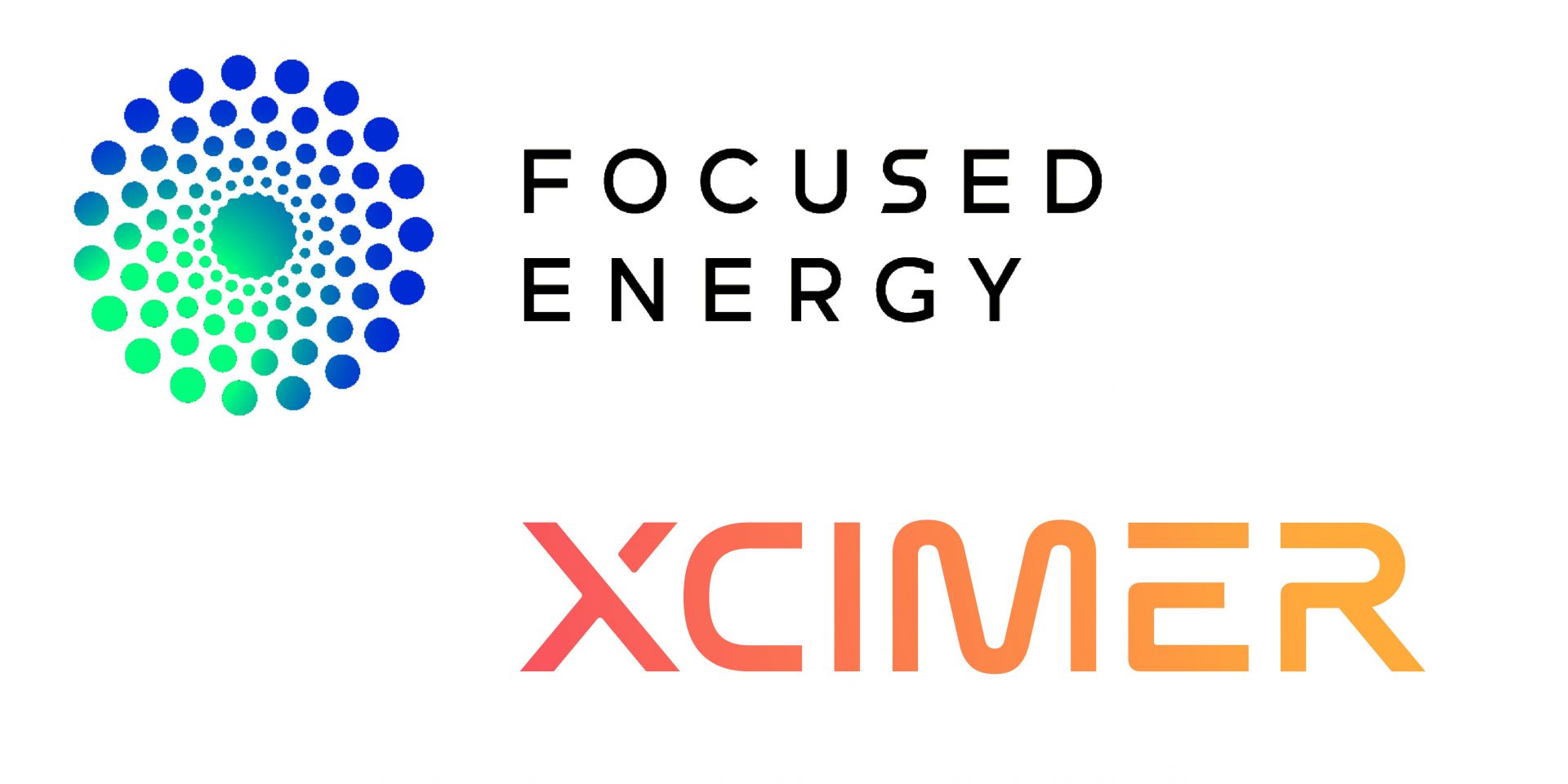
Focused Energy and Xcimer Energy are two of the eight fusion developers the Department of Energy selected in late May for funding under the public-private Milestone-Based Fusion Development Program, and the only developers using an inertial confinement concept. The Milestone program, announced in September 2022, was open to any fusion developer willing to undergo a competitive merit-review process, regardless of fusion confinement concept. But the prospects for inertial fusion concepts might have gotten a boost from Lawrence Livermore National Laboratory’s December 2022 achievement of scientific breakeven at the National Ignition Facility (NIF), which was announced shortly before the application window for the Milestone program closed.



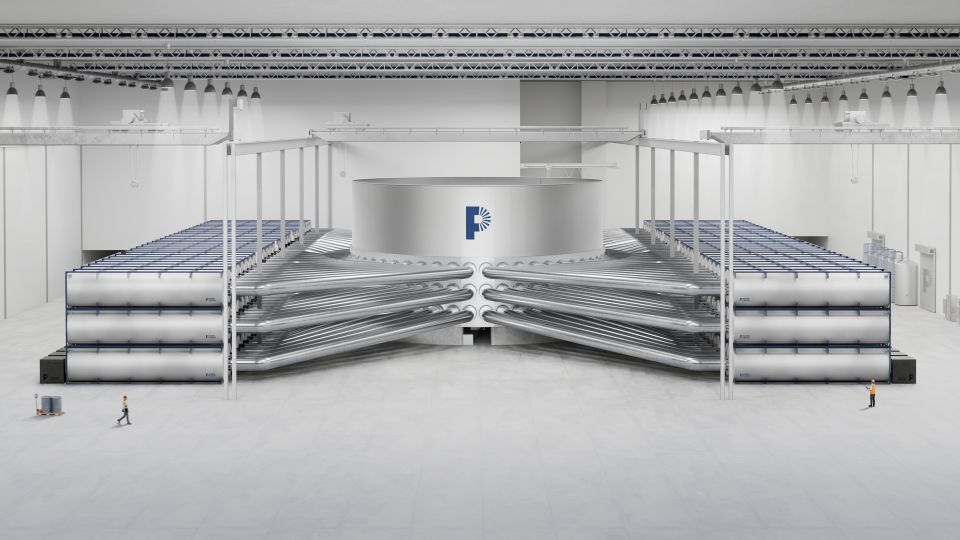.jpg)
